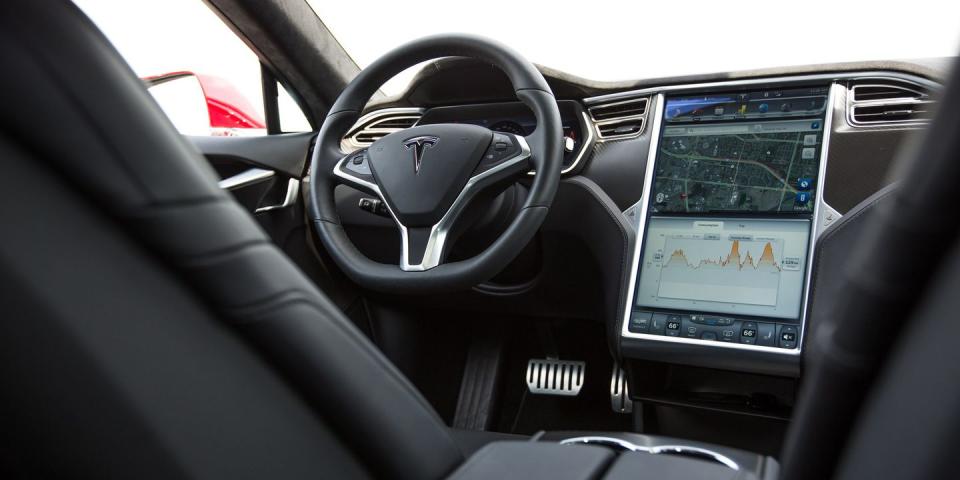Tesla Driver Busted for Autopilot Misuse

Today’s public-service reminder: The driver-assist feature marketed by Tesla under the trademark Autopilot should never be conflated with an actual autopilot.
A British motorist either didn’t understand the difference between the driver-assist feature in his Tesla Model S and a fully automated system or didn’t care. He activated Autopilot mode, then slid over to the passenger seat and allowed the vehicle to handle the driving along the M1 roadway near Saint Albans in May 2017.
A fellow motorist took video of the stunt and uploaded it to social media. It was later reported to Hertfordshire police. Last week, Tesla owner Bhavesh Patel paid a price. After he pled guilty to dangerous driving, police said he’ll be banned from operating a vehicle for 18 months.
“What Patel did was grossly irresponsible and could have easily ended in tragedy,” investigating officer PC Kirk Caldicutt said. “This case should serve as an example to all drivers who have access to autopilot controls and have thought about attempting something similar. I want to stress that they are in no way a substitute for a competent motorist in the driving seat who can react appropriately to the road ahead.”
Witnesses told investigators the incident had occurred amid heavy traffic congestion. Police say Patel admitted the breach was “silly” but said the car was capable of something “amazing.” He said he was merely the “unlucky one who got caught.” On the latter point, he could be correct. YouTube has been filled with video of his fellow Tesla owners performing similar stunts-reading the newspaper, sitting in the back seat, and doing their makeup. Stupidity loves company.
Despite the hype from its acolytes, Tesla and others note that Autopilot is merely an advanced driver-assist feature that combines adaptive cruise control and steering features; it requires continuous attention from a human driver who remains responsible for all vehicle operations. It should not be equated to an automated vehicle in which computers are responsible for the driving.
Two U.S. motorists have died in crashes involving Autopilot technology. In one case, the National Transportation Safety Board (NTSB) concluded that driver inattention and overreliance on vehicle systems contributed to the crash. In its recommendations, the NTSB said automakers should incorporate safeguards into these advanced driver-assist features that ensure they’re used only in the conditions for which they’re designed.
Tesla and NTSB Feud Shows Complications of Crash Investigations
“A Tesla Crash, but Not Just a Tesla Crash”: NTSB Final Report on Fatal Autopilot Crash
In addition to his 18-month driving suspension, Patel was sentenced to 100 hours of community service and 10 days of “rehabilitation,” and he was ordered to pay £1800 (about $2500) in court costs. For any driver tempted to misuse these systems, that should serve as a strong reminder that, although fully autonomous cars may be on their way, they’re not here yet.
You Might Also Like

 Yahoo Autos
Yahoo Autos 